Fingerprint authentication Door Unlock
Traditional lock systems have been widely used to secure buildings and belongings, but they often pose challenges such as lost or stolen keys, unauthorized access, and the need for physical presence to operate the locks. To address these issues, smart lock system that utilizes a phone fingerprint sensor for authentication. The system consists of two main components: the smart lock device and a mobile application installed on the user's smartphone. The smart lock device is equipped with a communication module, a motorized lock mechanism, and a fingerprint sensor. The mobile application serves as the control center, allowing users to register their fingerprints, manage access permissions, and remotely control the lock.
Components Used
Arduino Nano
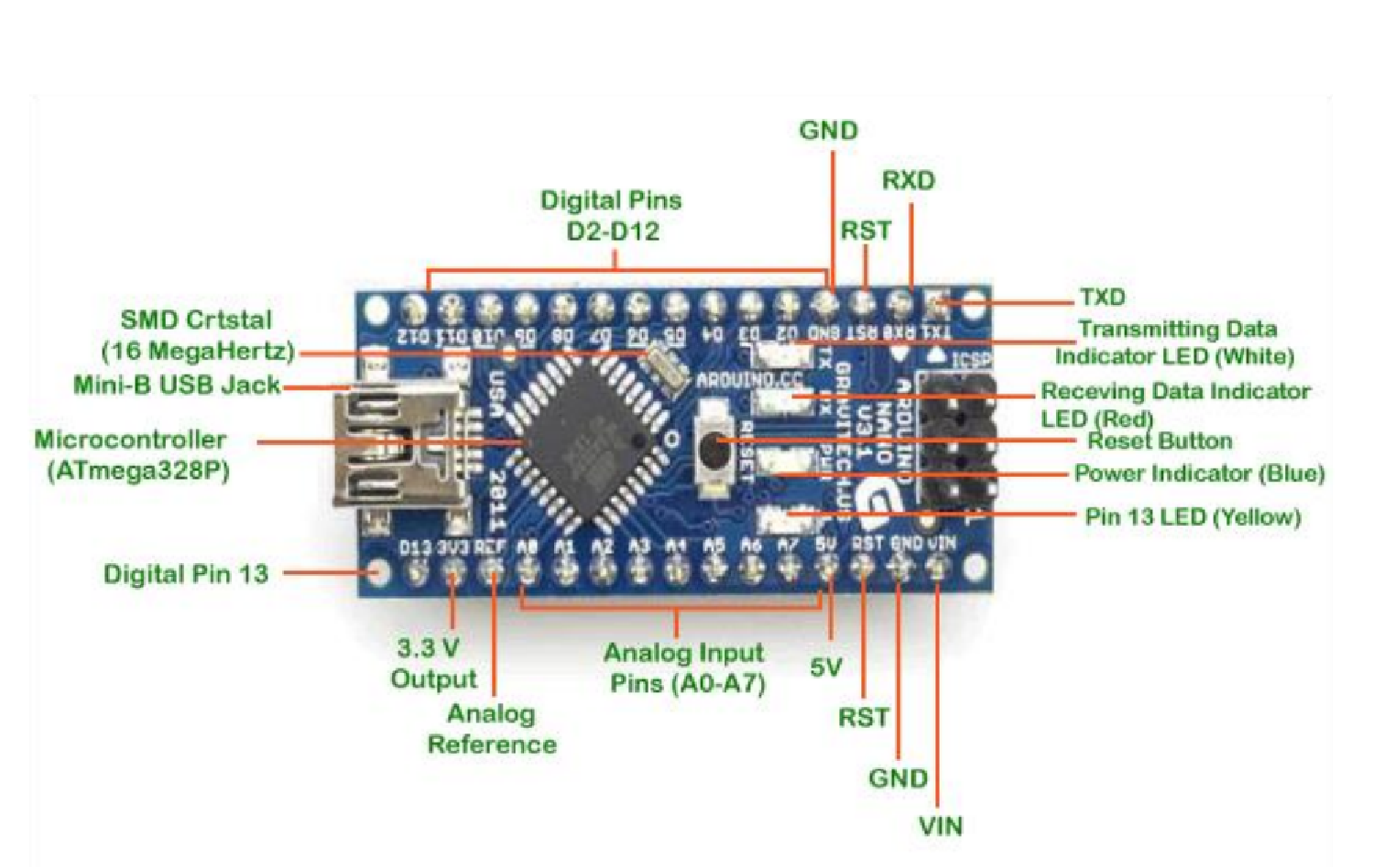
The Arduino Nano is a microcontroller-based device with 16 digital pins that can be used for various IOT devices from minor to massive industrial-scale projects. It can also be used for prototyping We use this Arduino Nano to program our code and communicate with other components
Bluetooth Module (HC05)
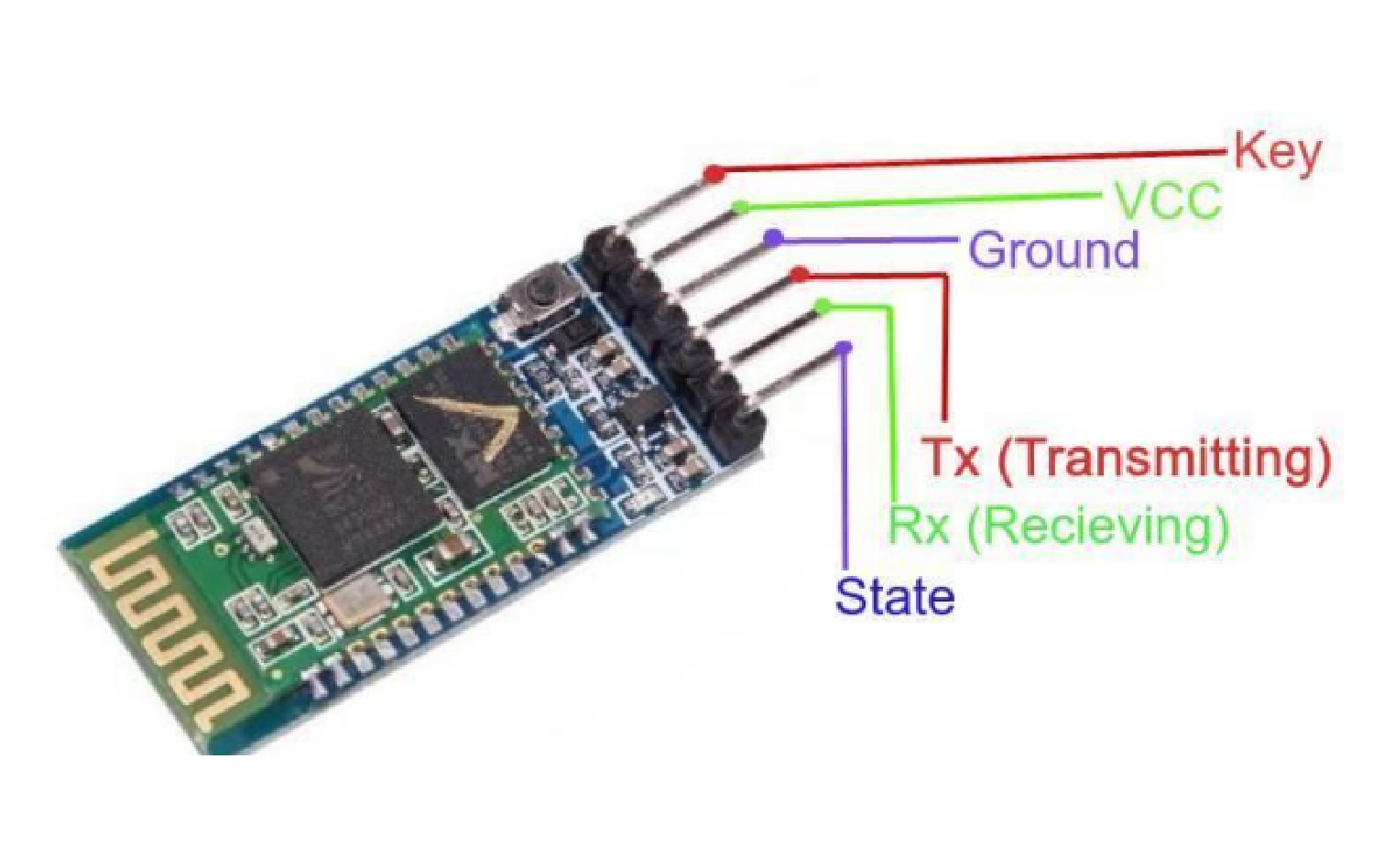
The HC05 Bluetooth module is used as a UART (universal asynchronous receivertransmitter) this module can send and receive signals wirelessly using Bluetooth to enable communication. The Bluetooth module has a Frequency of 2.4GHz This is used for communicating with the smartphone via Bluetooth and sends the signal to the lock as soon as the authentication is successful.
Relay Module
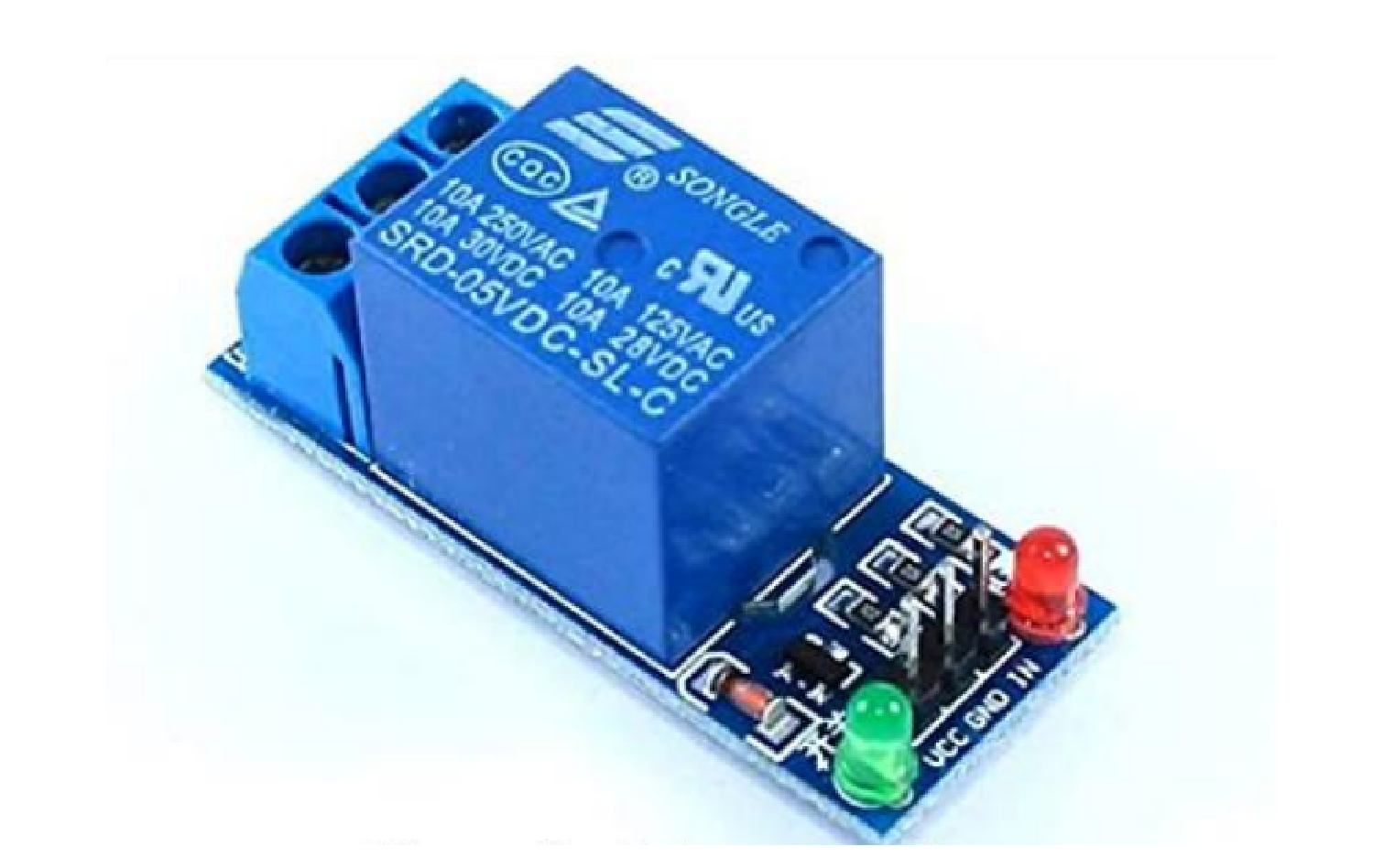
A power relay module is an electrical switch that is operated by an electromagnet This acts as a switch and a timer to trigger the lock mechanism as soon as the authentication is successful
Solenoid Lock
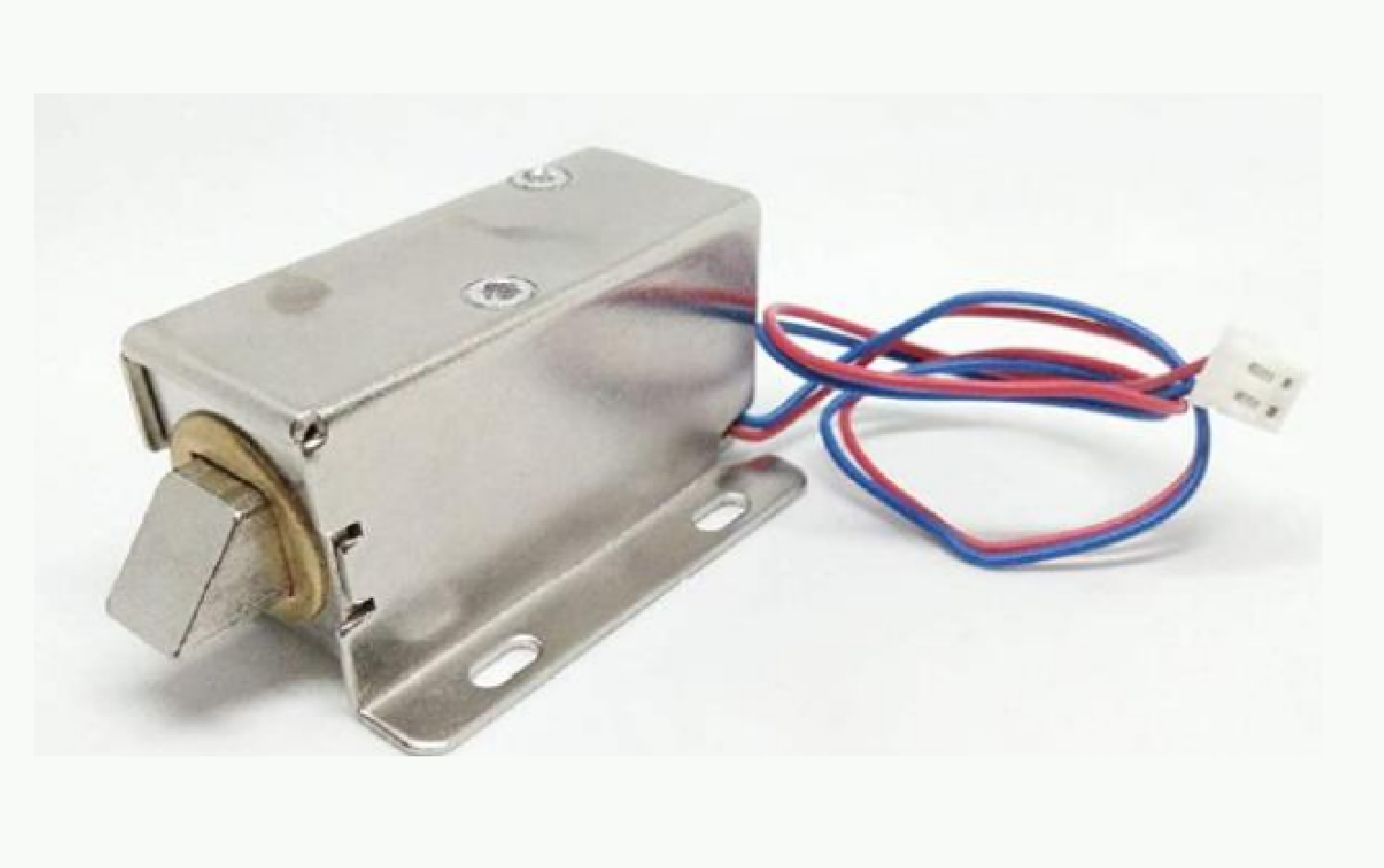
The solenoid lock has a latch for electrical locking and unlocking. this is the physical component that is attached to the door which enables us to lock and unlock the door when the signal is received
Jumper wires

A jumper wire is a short length of conductor that connects all the components being used resulting in the completion of the circuit
Arduino Code and Explanation
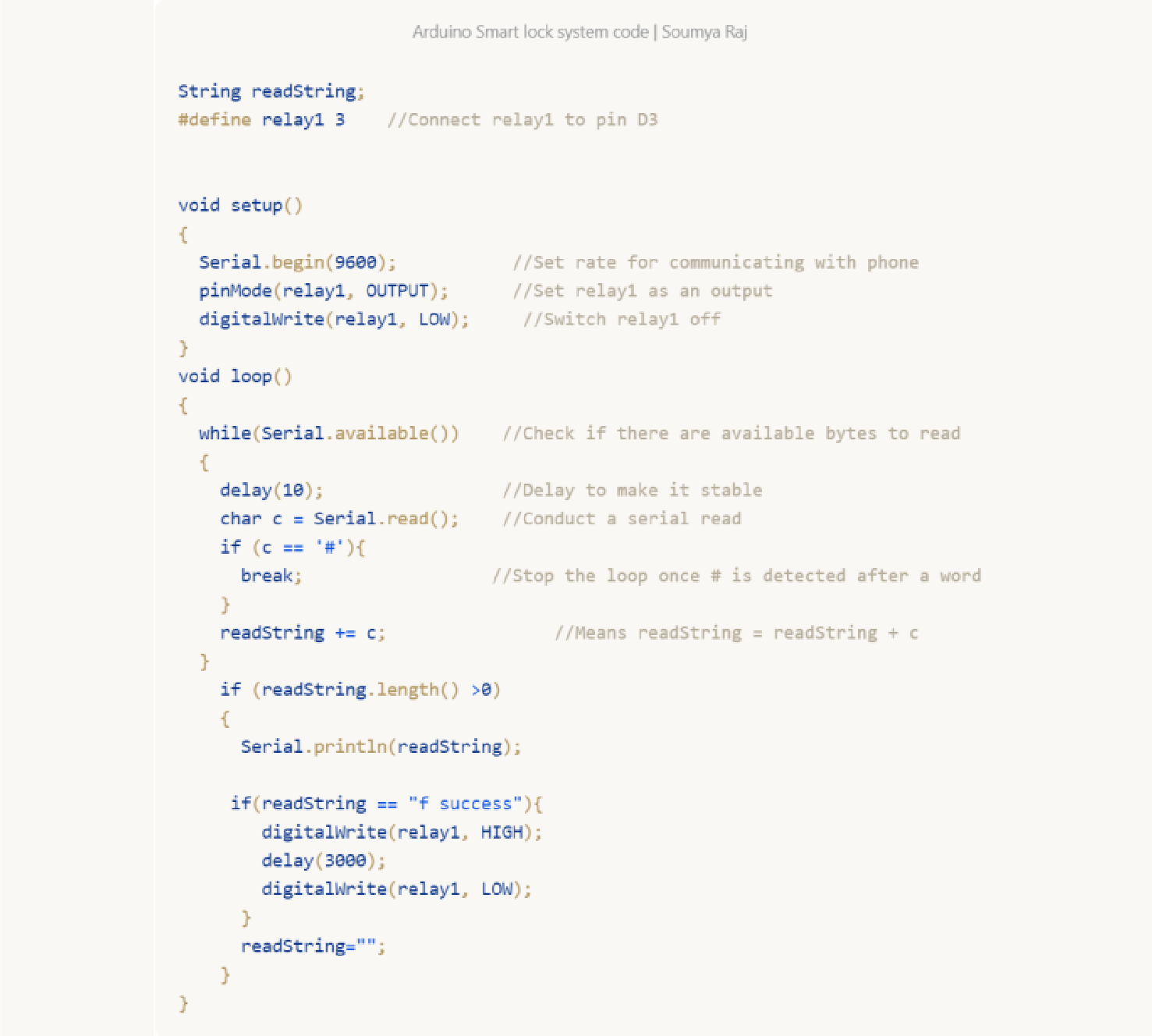
This is the code that is being used for the smart lock system to work, the code is uploaded into the Arduino Nano Microcontroller
Mobile application
The application is coded to perform these activities which are
- Registering a user’s fingerprint
- Storing fingerprint records
- Communicating with the Bluetooth module by using the phone’s Bluetooth
- Authenticating Fingerprints and giving access
Step-by-Step Explanation on How it works
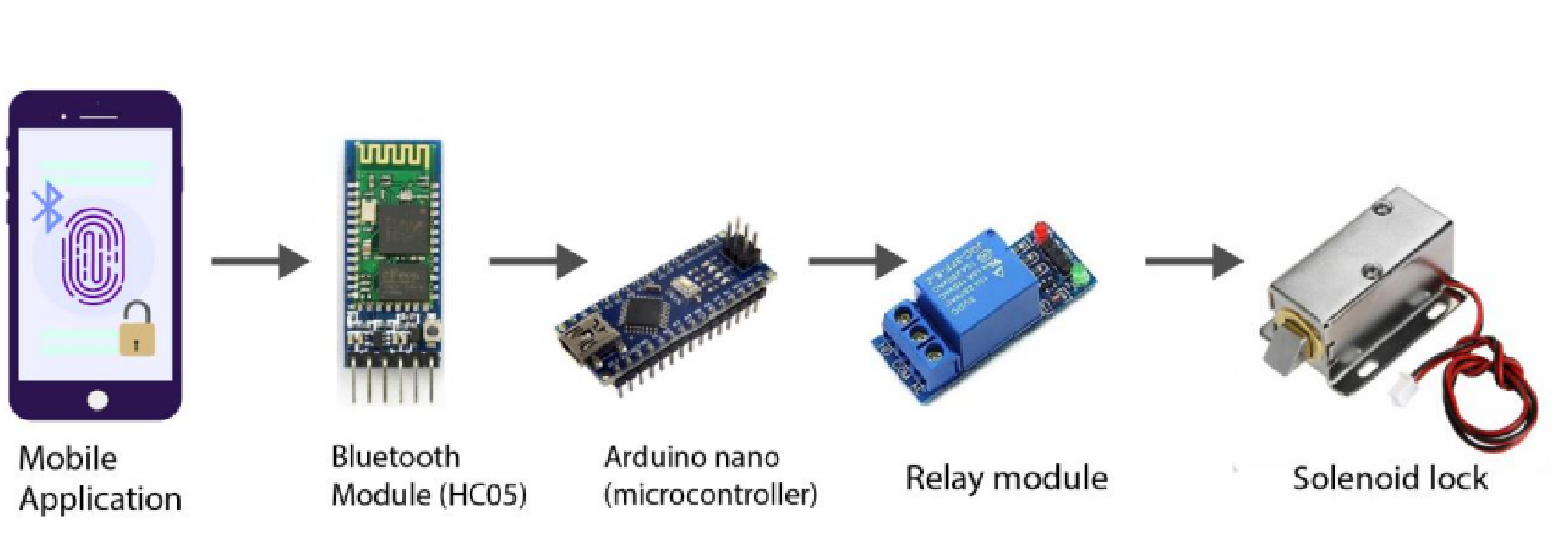
Step 1 :
The Mobile application connects to the Bluetooth Module using Smartphone’s
Bluetooth to enable communication remotely
Step 2 :
As soon as the user enters the fingerprint the Mobile application Verifies the
fingerprint with the registered fingerprint, if the fingerprint gets verified and
authorized then the signal is sent to the Bluetooth module
(In case of an unauthorized fingerprint notification will be sent to authorities)
Step 3 :
The Bluetooth Module receives the signal of successful authentication and further
passes the signal to the Arduino nano Microcontroller
Step 4 :
The Arduino Nano Microcontroller Executes the code that has been programmed
which communicates with the relay module
Step 5 :
The Relay Module gives a signal to the solenoid lock to unlock
Step 6 :
The Solenoid lock mechanism gets activated and the door is Unlocked!
Results
Enhanced Security
The integration of fingerprint biometrics adds a high level of security to the smart lock system. Fingerprint recognition is a reliable and difficult-to-replicate authentication method, reducing the risk of unauthorized access compared to traditional lock systems that rely on physical keys
Convenient and Seamless User Experience
Users can unlock doors by simply placing their registered fingerprint on the phone's sensor eliminating the need to carry physical keys. This offers a more convenient and streamlined user experience
Remote Access and Control
The ability to manage the smart lock system remotely through a mobile application provides convenience and flexibility. Users can grant temporary access to visitors, monitor lock activity, and remotely control the lock from anywhere, enhancing security and access control management
User-Friendly Interface
The mobile application’s intuitive interface makes it easy for users to register fingerprints, manage access and get alerts
Easy integration
The Smart lock system is easy to set up and use in residential areas and commercial areas
Conclusion
The integration of a phone fingerprint sensor with a smart lock system offers a significant advancement in access control technology, combining enhanced security with convenience and flexibility. By leveraging advanced biometric technology and mobile devices, this system eliminates the need for physical keys and provides a seamless and secure method for unlocking doors. The use of fingerprint biometrics provides an advanced level of security as each person's fingerprints are unique and difficult to replicate. This significantly reduces the risk of unauthorized access and enhances the overall security of the lock system. Additionally, the system offers convenience by allowing users to register their fingerprints through the mobile application and easily unlock doors with a simple touch on the phone's fingerprint sensor. Furthermore, the remote control capabilities of the system enable users to manage access permissions, monitor lock activity, and control the lock from anywhere. This provides flexibility and peace of mind, allowing users to grant temporary access to visitors or remotely lock or unlock doors as needed. While there are various factors to consider during the design and implementation of a smart lock system with a phone fingerprint sensor, it has the potential to revolutionize access control in residential and commercial settings